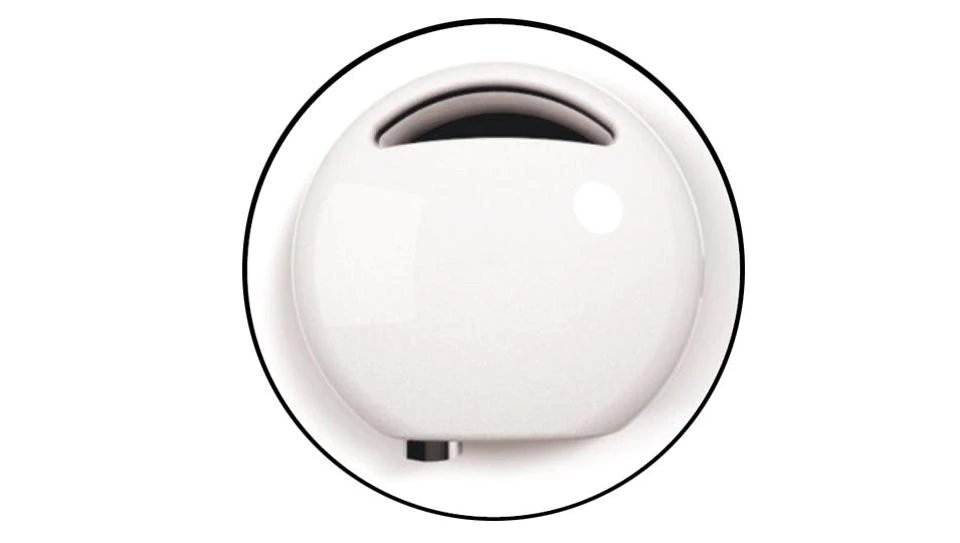World’s cheapest pocket ventilator developed by robotic engineer
September 14, 2017 | Thursday | News
Diwakar developed this device along with Dr Deepak Agrawal, professor of neuroscience at AIIMS
Young robotics engineer in Delhi in collaboration with a neurosurgeon at the AIIMS have developed the world’s cheapest and smallest ventilator, which looks like a clunky cellphone and can easily slip into your back pocket.
Diwakar Vaish, inventor said, “It is almost 450 times smaller than the conventional ventilators and can be moved around easily.”
Diwakar developed this device along with Dr Deepak Agrawal, professor of neuroscience at AIIMS.
Dr Deepak said, “There is an FDA-approved disposable ventilator that costs between Rs 10,000 and Rs 15,000, but it has a maximum life of four weeks. This will be a one-time investment and since it runs on room air, and not oxygen, the operational costs are close to zero. There is no requirement for oxygen cylinders, which cost between Rs 3,000 and Rs 4,000 a day,” said Dr Vaish.
Controlled with an android app, the ventilator uses an artificial intelligence algorithm to adjust air supply to the normal breathing pattern of the patient.
“It works by pushing the atmospheric air into the lungs of the patients who cannot breathe on their own. The disposable ventilators currently in use also push in air, but they do it at a fixed frequency that does not necessarily match the patient’s breathing pattern, which may cause low oxygen saturation. This device synchronises ventilator air support with the normal breathing pattern,” said Dr Agrawal.
“We have successfully used it for a couple of hours on six fully paralysed patients at AIIMS who have been unable to return home for the want of affordable ventilators”, he added.
“The oxygen supplied to the patients through conventional ventilators is usually diluted to 40% concentration, air contains 20% oxygen. Nine in 10 of all patients, barring the ones with severe lung problems, can breathe in the normal atmospheric air because the problem is in their diaphragm, not lungs,” Dr Agrawal added.










